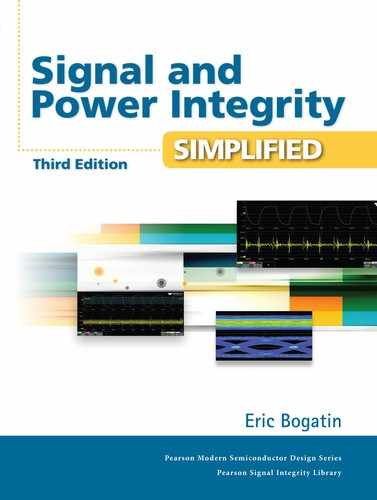Book Description
The #1 Practical Guide to Signal Integrity Design—with Revised Content and New Questions and Problems!
This book brings together up-to-the-minute techniques for finding, fixing, and avoiding signal integrity problems in your design. Drawing on his work teaching several thousand engineers and graduate students, world-renowned expert Eric Bogatin systematically presents the root causes of all six families of signal integrity, power integrity, and electromagnetic compatibility problems. Bogatin reviews essential principles needed to understand these problems, and shows how to use best design practices and techniques to prevent or address them early in the design cycle. To help test and reinforce your understanding, this new edition adds questions and problems throughout. Bogatin also presents more examples using free tools, plus new content on high-speed serial links, reflecting input from 130+ of his graduate students.
- A fully up-to-date introduction to signal integrity and physical design
- New questions and problems designed for both students and professional engineers
- How design and technology selection can make or break power distribution network performance
- Exploration of key concepts, such as plane impedance, spreading inductance, decoupling capacitors, and capacitor loop inductance
- Practical techniques for analyzing resistance, capacitance, inductance, and impedance
- Using QUCS to predict waveforms as voltage sources are affected by interconnect impedances
- Identifying reflections and crosstalk with free animation tools
- Solving signal integrity problems via rules of thumb, analytic approximation, numerical simulation, and measurement
- Understanding how interconnect physical design impacts signal integrity
- Managing differential pairs and losses
- Harnessing the full power of S-parameters in high-speed serial link applications
- Designing high-speed serial links associated with differential pairs and lossy lines—including new coverage of eye diagrams
- Ensuring power integrity throughout the entire power distribution path
- Realistic design guidelines for improving signal integrity, and much more
For professionals and students at all levels of experience, this book emphasizes intuitive understanding, practical tools, and engineering discipline, rather than theoretical derivation or mathematical rigor. It has earned a well-deserved reputation as the #1 resource for getting signal integrity designs right—first time, every time.
